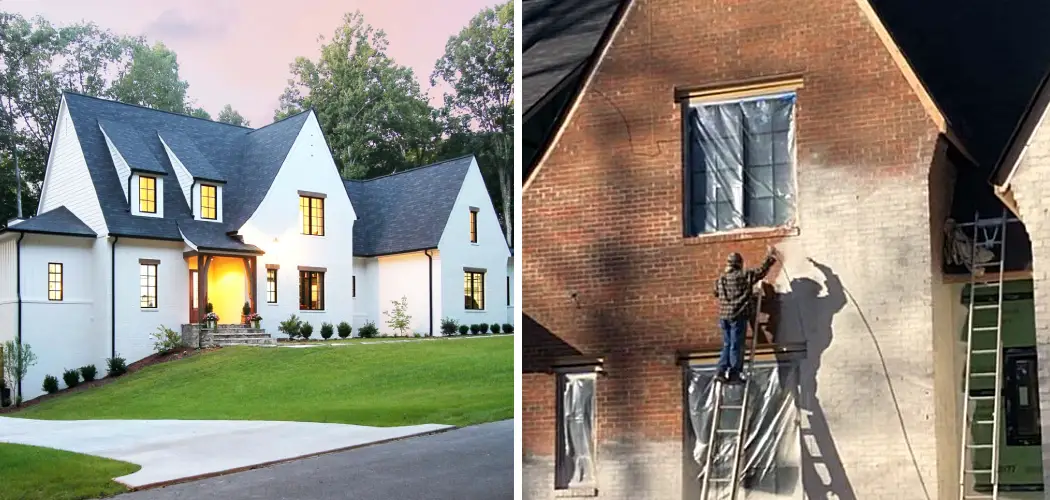Giving your brick house a fresh, crisp coat of white paint can completely transform its appearance, imparting a timeless and elegant aesthetic. Painting a brick exterior not only enhances curb appeal but also provides a protective layer against the elements, extending the life of your home’s facade.
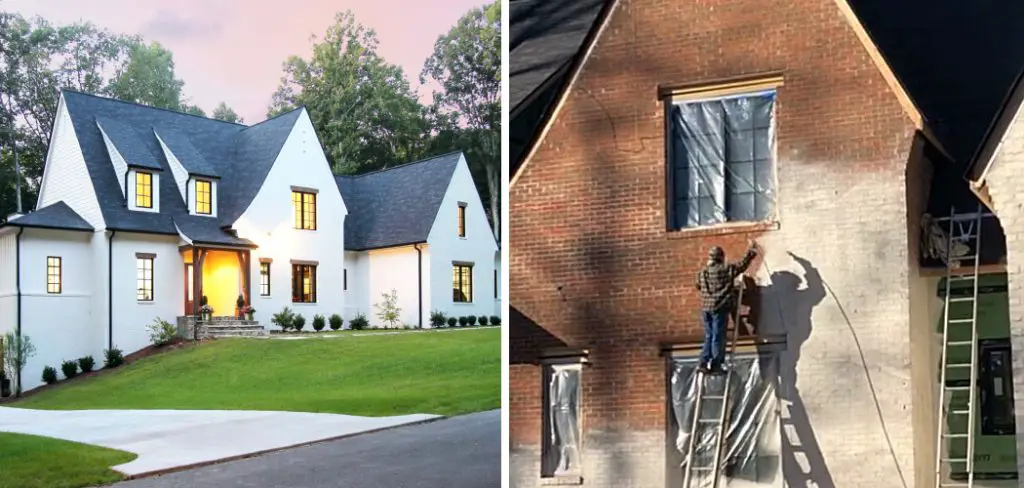
However, the process of painting a brick house white requires careful consideration and meticulous execution to ensure a durable and visually pleasing result.
In this comprehensive guide, we’ll delve into the essential steps and expert tips on how to paint a brick house white successfully. From surface preparation and choosing the right paint to addressing potential challenges unique to brick, we’ll navigate the intricacies of this transformative project.
Unlock the secrets to achieving a flawless, long-lasting finish that not only preserves the charm of brick but also imparts a fresh, modern allure to your home’s exterior.
Importance of Choosing the Right Paint Color for a Brick House
The exterior wall colors of a house can greatly influence its overall look and appeal. It is the first thing that people notice when they pass by or approach a house, therefore it is important to choose the right paint color for your brick house. While there are many options available in the market, white remains one of the top choices for homeowners.
Here are some reasons why painting your brick house white can be a great idea:
- Classic and Timeless Look: White is a classic and timeless color that never goes out of style. It gives off a clean and fresh appearance, making it a popular choice for both traditional and modern homes.
- Enhances Architectural Features: Painting your brick house white can enhance its architectural features. The contrast between the white paint and the natural texture of the brick can bring out beautiful details in the design, making your house stand out.
- Reflects Heat: White is a light color that reflects heat rather than absorbing it. This means that during hot summer days, your white painted brick house will stay cooler compared to darker colored houses.
- Brightens Up Your Home: If you have a dark or gloomy looking brick house, painting it white can instantly brighten up the exterior. White reflects natural light and gives off a sense of spaciousness, making your home appear more welcoming and inviting.
- Versatile and Easy to Match: White is a versatile color that pairs well with almost any other color, making it easy to match with different accents or landscape elements. It also allows you to change up the look of your house by simply changing the color of your front door or shutters.
- Increases Resale Value: A white painted brick house is a popular choice among potential buyers, which can increase its resale value. It has a neutral appeal and can easily fit into any neighborhood, making it an attractive option for homebuyers.

10 Methods How to Paint a Brick House White
1. Prepare the Surface
Before painting a brick house white, it is important to prepare the surface by cleaning it with a pressure washer and removing any loose or flaking paint. Additionally, any cracks or holes in the brick should be filled with a masonry patching compound. Once the surface is clean and dry, it should be sanded to ensure that the new paint will adhere properly.
2. Choose an Exterior Paint
When choosing an exterior paint for a brick house, opt for a high-quality latex paint that has been specifically designed for use on masonry surfaces. This type of paint is durable and will provide excellent protection against moisture and UV rays. Additionally, choose a color that is as close to white as possible to ensure that the finished result looks natural and uniform.
3. Prime the Surface
Once the surface has been prepared and the paint has been chosen, it’s time to prime it. Primer helps to seal the porous brick surface so that the paint adheres better and lasts longer. For best results, use a high-quality primer designed specifically for use on masonry surfaces. Allow the primer to dry completely before proceeding to step four.
4. Apply Caulk Around Windows and Doors
To prevent water from seeping into your home through gaps around windows or doors, you’ll need to apply caulk around these areas before painting them white. Use a high-quality exterior caulk designed specifically for masonry surfaces; this type of caulk will remain flexible even in extreme temperatures so that it won’t crack or peel over time.

5. Mask Off Areas You Don’t Want Painted
Before beginning to paint your brick house white, make sure to mask off any areas you don’t want painted such as windowsills or trim pieces with painter’s tape and newspaper or drop cloths so they are not accidentally painted over during the process.
6. Apply Paint With Brush or Roller
Once all necessary preparations have been made, you can begin applying paint with either a brush or roller, depending on your preference and skill level with each tool type (or both if desired). When using either tool type, make sure to work in small sections at a time in order to achieve an even finish across all surfaces of your home’s exterior walls.
7. Avoid Overlapping Strokes
When painting your brick house white with either brush strokes or roller strokes, avoid overlapping them too much as this can cause uneven coverage, which will result in an uneven finish overall once complete; instead, focus on making long, smooth strokes when using either tool type in order to achieve even coverage throughout all sections of your home’s exterior walls.
8. Allow Paint To Dry Completely Between Coats
Allow each coat of paint applied onto your brick house’s exterior walls adequate time to dry completely before applying additional coats; this will help ensure even coverage across all surfaces without having any overlapping issues arise due to wet/damp sections still being present from previous coats not yet dried completely.
9. Clean Up After Painting Has Finished
Once all coats of paint have been applied onto your brick house’s exterior walls correctly, allow them adequate time for drying before beginning clean up; this includes removing any painter’s tape used along edges/corners, disposing of any used brushes/rollers, sweeping up any fallen debris, etc…to ensure everything looks neat afterward.
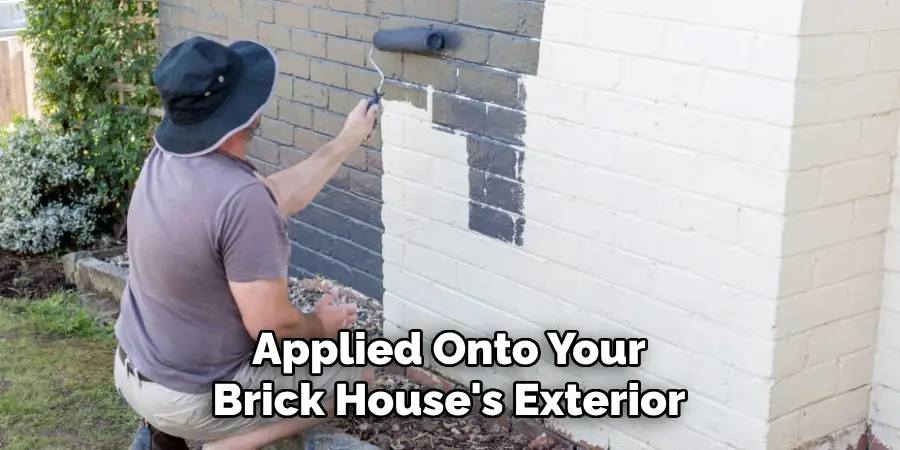
10. Seal The Finished Paint Job Properly
Finally, once all other steps have been completed, properly seal off your freshly painted brick house’s exterior walls by applying one final coat of sealant; this will help protect against moisture damage, UV rays, etc., and keep its appearance looking great for many years after being initially painted white!
Things to Consider When Painting a Brick House
When it comes to painting a brick house white, there are several things that you need to consider. While painting brick may seem like a simple task, there are some factors that can affect the outcome and durability of your paint job. Here are some important things to keep in mind before starting your project:
The Condition of the Brick
Before deciding to paint your brick house, you should assess the condition of the bricks. If they are old and crumbling, painting may not be the best option as it can further damage the already weak structure. It’s important to consult a professional if you have any concerns about the stability of your bricks.
Preparation is Key
Proper preparation is crucial when it comes to painting brick. This includes cleaning the surface thoroughly to remove any dirt, grime, or algae buildup. It’s also important to repair any cracks or damaged areas before painting.
Type of Paint
Choosing the right type of paint is essential for a successful paint job on a brick house. Acrylic latex paint is a popular choice as it allows the brick to breathe and is more flexible than oil-based paint which can crack over time. It’s also important to choose a high-quality, exterior-grade paint that is designed for masonry surfaces.

Common Mistakes to Avoid When Painting Brick
If you are considering painting your brick house white, it is important to be aware of the common mistakes that homeowners make when tackling this project. While painting brick can be a great way to update the look of your home and give it a fresh new aesthetic, there are certain pitfalls to avoid in order to achieve the best results.
One common mistake is not properly preparing the brick surface. It is crucial to thoroughly clean and prime the brick before beginning the painting process. This will ensure that the paint adheres properly and prevents any discoloration or peeling in the future.
Another mistake to avoid is using the wrong type of paint. Not all paints are suitable for use on brick, so it is important to choose one specifically designed for this purpose. This will ensure better coverage and durability.
Many homeowners also make the mistake of not using enough paint. Brick is a porous material, meaning it will absorb more paint than other surfaces. It is important to have enough paint on hand and apply multiple coats for a smooth and even finish.
On the other hand, some people tend to overdo it with too many coats of paint. This can lead to a buildup of layers and result in a less desirable appearance. It is important to follow the recommended number of coats for the specific type of paint being used.
Safety Precautions for Painting a Brick House
When painting a brick house, there are some important safety precautions that should be followed to ensure a successful and safe project. These precautions include protecting yourself, your surroundings, and the environment.
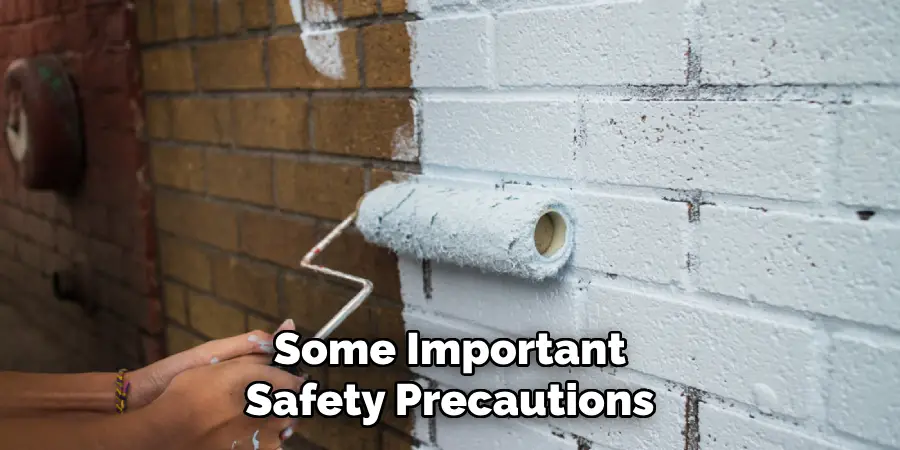
Protect Yourself:
Wearing protective gear is essential when painting any surface, especially when dealing with potentially harmful substances like paint. This includes goggles to protect your eyes from splatters and gloves to protect your skin from irritants. It is also recommended to wear a face mask or respirator to prevent inhaling paint fumes.
Protect Your Surroundings:
Before starting the painting process, it is important to cover and protect any nearby objects or surfaces that you do not want to get paint on. This includes covering furniture, plants, and other outdoor fixtures. Additionally, it is important to lay down drop cloths or tarps to protect the ground from any paint spills or drips.
Protect the Environment:
When painting a brick house, it is important to be mindful of the environment and take steps to minimize any potential negative impact. This includes properly disposing of paint cans and other materials after use. It is also recommended to use environmentally-friendly paint options, such as low VOC (volatile organic compounds) or water-based paints.
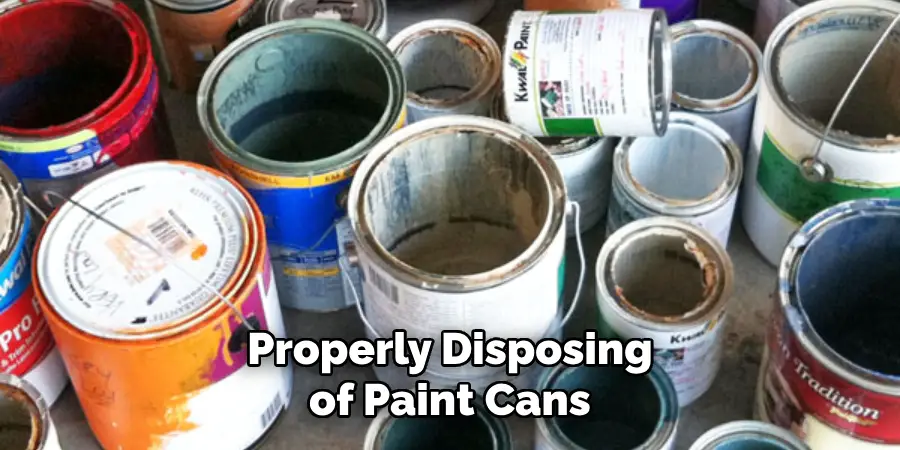
Conclusion
In conclusion, with a bit of research and the right set of tools, painting a brick house white is an achievable task. Make sure you start off by choosing quality paint which provides dynamic coverage as well as protection to your building exterior.
From there, it’s simply a matter of executing the job in the best way possible. Don protective gear and slather your chosen coating on all of the brick surfaces in one direction; utilize a brush for corners and a roller for larger expanses.
Take necessary precautionary measures when beginning the project to avoid any hiccups. Finally, you should end up with a gorgeous white-colored brick house that is sure to garner compliments from all who come across it! If you need more guidance on how to paint a brick house white, feel free to explore our website for additional helpful tips and information!

